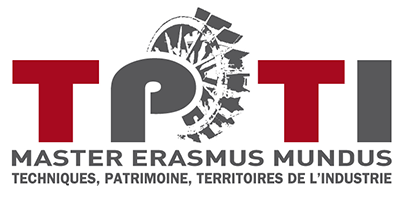General content
The program combines three complementary approaches:
1. The History of technology. These courses provide methodological and practical tools for understanding the major issues which science and technology pose when addressing contemporary culture and society. How are certain practices and technical objects produced? What are the values connected with these objects and techniques: political, economic, social, and aesthetic? How is information transmitted? How does all of this fit in within a landscape or a society? Although techniques occupy an ever-increasing role in societies, they remain largely unidentified and are often considered « non-cultural ». The objective of this Master Degree is to provide the theoretical and practical knowledge for how to to identify, maintain, preserve and value of technology.
2. The Heritage of industry. Courses relating to this theme give students both a theoretical and practical ability to describe, archive, manage, and communicate the value of the heritage of industry. This includes buildings and industrial territories, but also testimonies of physical activities. Industrial heritage is examined through its relationship with different historical fields (history of industry, history of architecture, history of technology, archeology of building, history of landscape, and history of art). Various case studies will present projects involving the disciplines of conservation and restoration, museum studies and museography. Communication including cultural links and the promotion of tourism will be also questioned and explored.
3. Technical and cultural landscapes. The program focuses on the history and heritage of the landscape. It focuses on urban and rural complexes that are the result of the anthropization of the territory. The objective is to provide knowledge and tools to understand the economic and societal transformations of landscapes in order to ensure a balance between innovation, maintenance of ecological diversity and preservation of heritage and territorial identity. The approach is both theoretical (notions of natural, cultural, industrial landscape, etc.) and practical: identification of landscapes, inventories of land, surveys of buildings, collections of documents collections (writings, iconography, objects), creation of databases and specific tools to manage and enhance landscapes and cultural objects.





